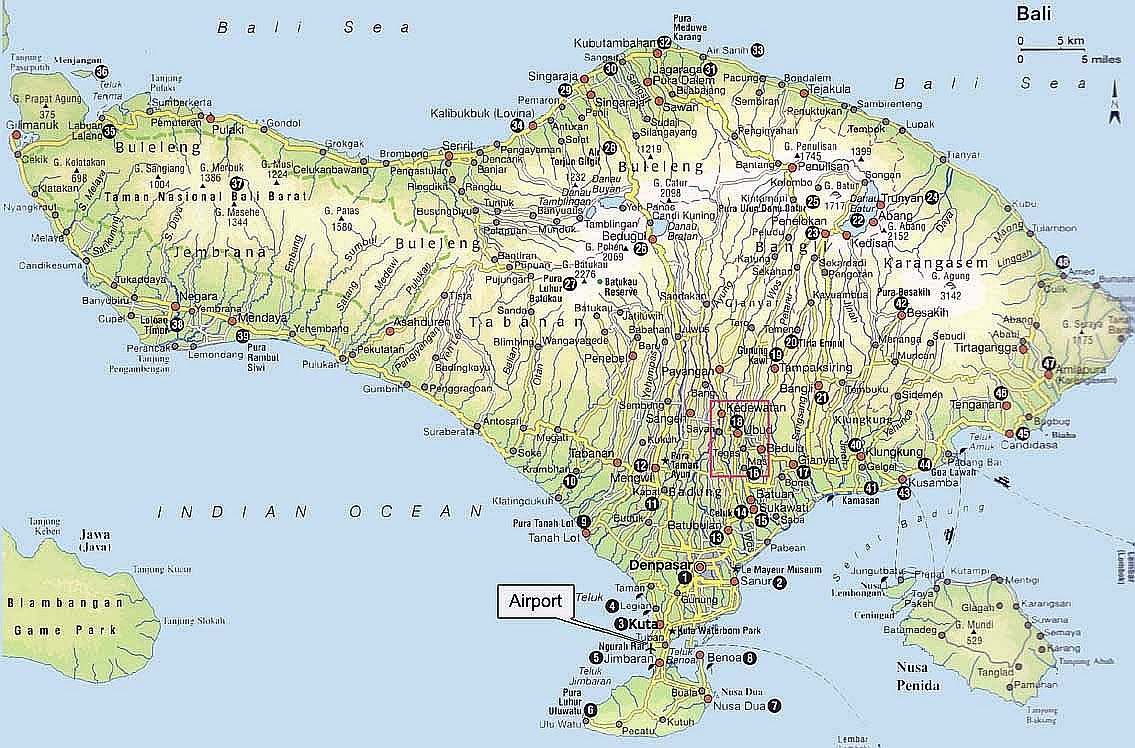Rising Coffee Prices - Heavy Rains Linked to Global Warming
Mar 12, 2011 Giovanna De Gennaro
Rising temperatures and heavy rains linked to global warming in Latin America coffee regions are likely responsible for a pricier cup-of-Joe.
According to an article that appeared in The New York Times in March 9, 2011, rising temperatures and intense, unpredictable rains linked to global warming in many of Latin America’s premier coffee regions are likely responsible for rising coffee prices worldwide. Rain in the Columbia coffee region was more than 25 percent above average in the last few years, according to the International Coffee Organization (ICO). Maxwell and Folgers have already increased retail prices by at least 25 percent.
Heavy rains harm crops and the increased humidity favors the proliferation of pests and parasites such as coffee rust. It is no secret that coffee is an addictive habit and it doesn’t help at all that the demand for coffee is increasing along with the demographics of emerging economies such as India and China. Domestic consumption also continues to develop in Brazil, the world's second largest coffee-consuming country after the USA.
Brazil and Columbia PremierCoffee Growing Regions
The world's coffee supply comes primarily from Latin America, Southeast Asia and Africa. The main coffee bean producing regions and exporters in Latin America are Brazil and Columbia. The livelihood of many families is dependent on coffee.beans. According to the Federacion Nacional de Cafeteros de Colombia, in Colombia alone there are 500,000 coffee growing families. These areas produce some of the best Arabica coffee beans used by brands such as Green Mountain and Nespresso.
Grim Weather Outlook
According to coffee expert Peter Baker of CABI, a UK-based non-profit science-based development and information organization that aims to help solve problems in agriculture and the environment, coffee is the world’s most valuable tropical agricultural export produced by about 20 million smallholder families and the weather outlook for the next millennium does not look good. Although the effects of climate change are slow, the negative change is already affecting coffee production
International Coffee Organization (ICO) Reports
Reports from the ICO show that coffee prices in February 2011 increased in relation to their levels in January 2011 with the monthly average of the ICO composite indicator price up from 197.35 US cents per lb to 216.03 US cents per lb, the highest level recorded since June 1977.
Columbia has had three bad harvests and production decreases may continue in the future because the difference between the high and low years of the Arabica cycle has fallen in recent years
There is limited availability of Arabica coffee on the international market. World stocks are at their lowest levels experiencing a fall of more than 33% compared to levels recorded in 2009. They need to be replenished but current prices do not encourage producing countries to retain stocks. Adverse weather continues to affect coffee growing areas in many parts of the world.
Coffee Futures
On the trading floor coffee futures have jumped to more than 40 percent in the last year, according to a CNBC stock market article, and it is expected that your cup-of-Joe will be pricier due to a smaller than normal crop in 2011. The highest quality beans are in "very tight" supply. To make matters worse, increases in prices of oil products only accentuate increased production costs for agricultural products such as coffee.
Copyright Giovanna De Gennaro. Contact the author to obtain permission for republication.
skip to main
|
skip to left sidebar
skip to right sidebar
Black as the devil, Hot as hell, Pure as an angel, Sweet as love.
Travel to Indonesia
Contact Our Team:
Raja Kelana Adventures Indonesia
Raja Kelana Adventures Indonesia
Email: putrantos2022@gmail.com
Facebook Messenger: https://www.facebook.com/putranto.sangkoyo
Our Partner
Blog Archive
-
▼
2011
(22)
-
▼
March
(12)
- Coffee 'risk' for Sumatra reserve Indonesian cof...
- UPDATE 2-Indonesia Feb coffee exports jump, stockp...
- ANALYSIS-Indonesia supply woes to add froth to cof...
- Coffee retailers set to raise prices by 10-12%
- Coffee beans price hits 34-year high commodity sh...
- Rising Coffee Prices - Heavy Rains Linked to Globa...
- Coffee sector needs sustainable development strategy
- Starbucks CEO Howard Schultz discusses turnaround
- A Changed Starbucks. A Changed C.E.O.
- FUTURES FILE: Frothy coffee prices near $3
- Rising Coffee Prices
- Harga Kopi Terus Menggila, Cuaca Jadi Kambing Hita...
-
▼
March
(12)






